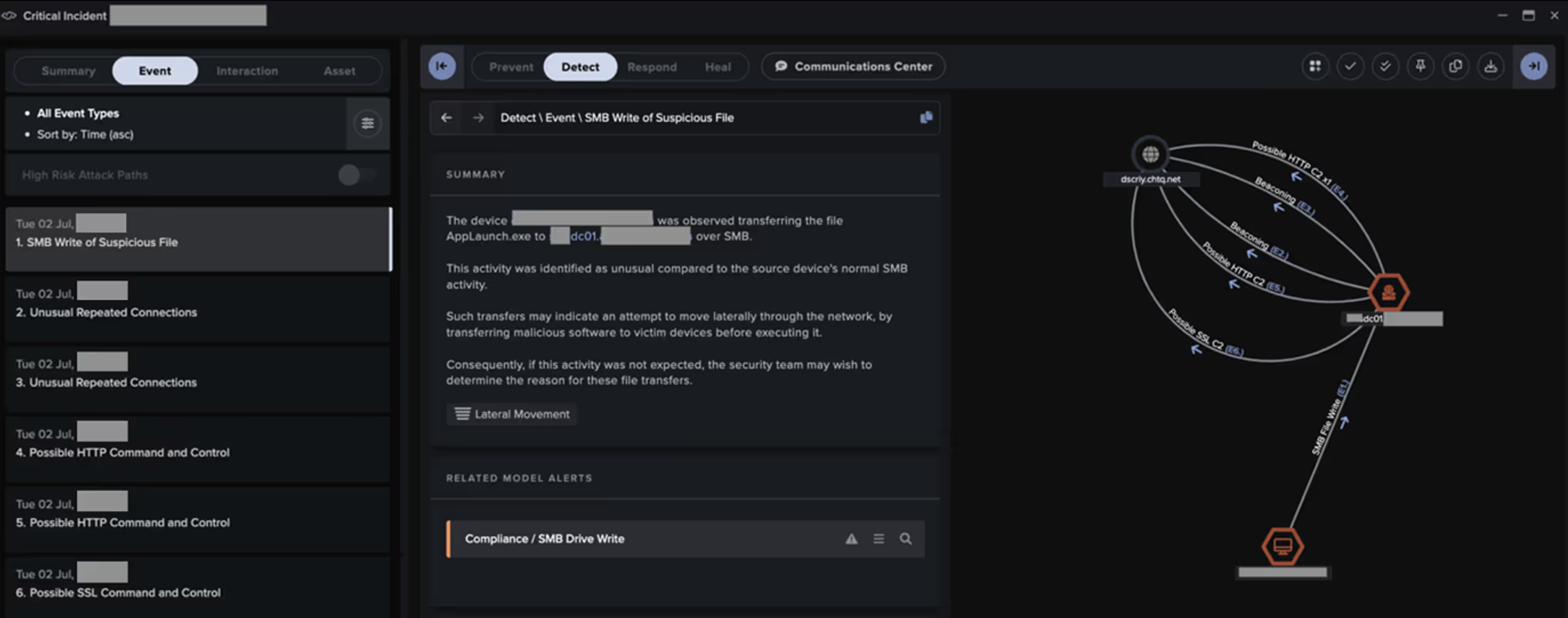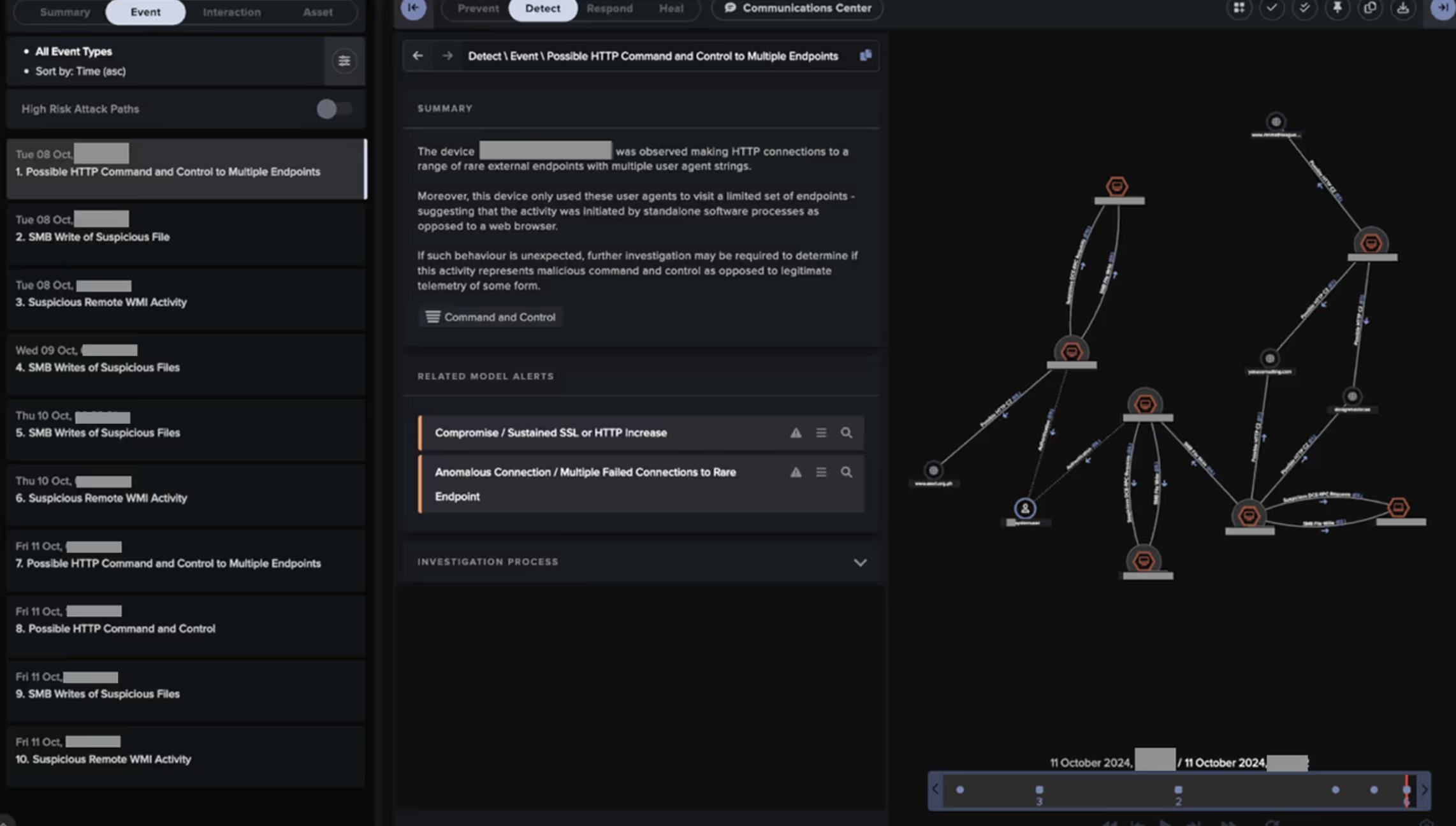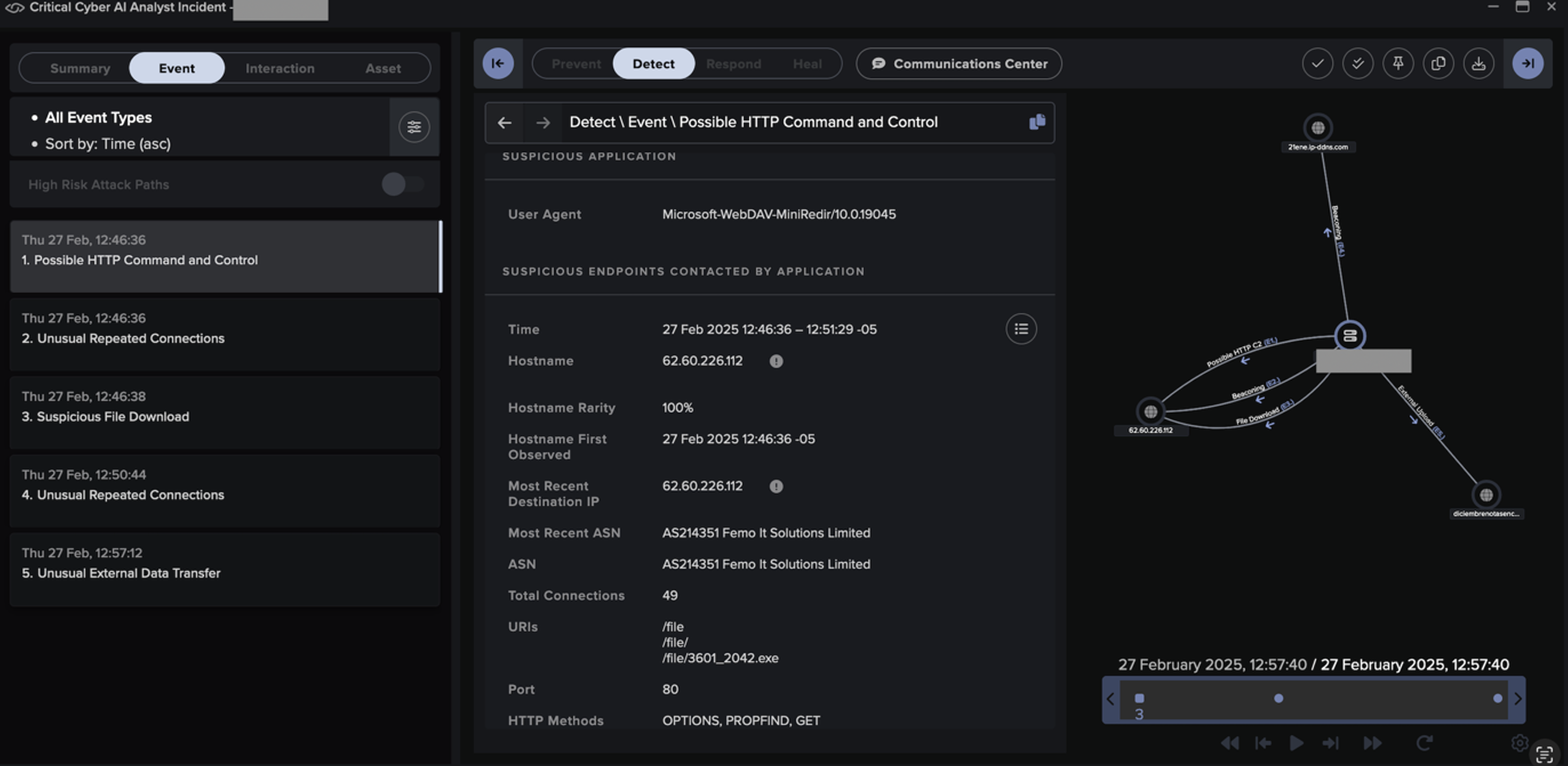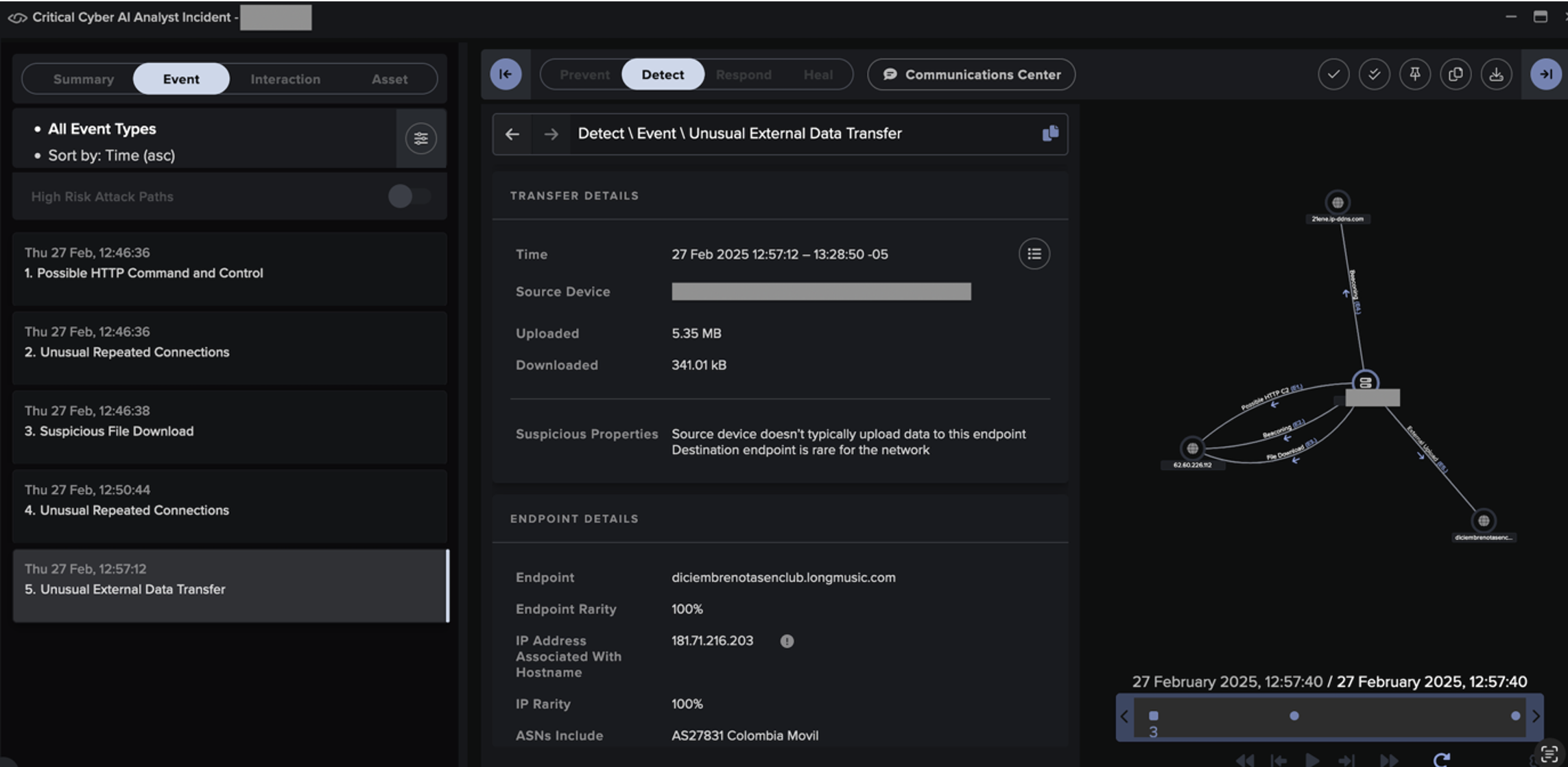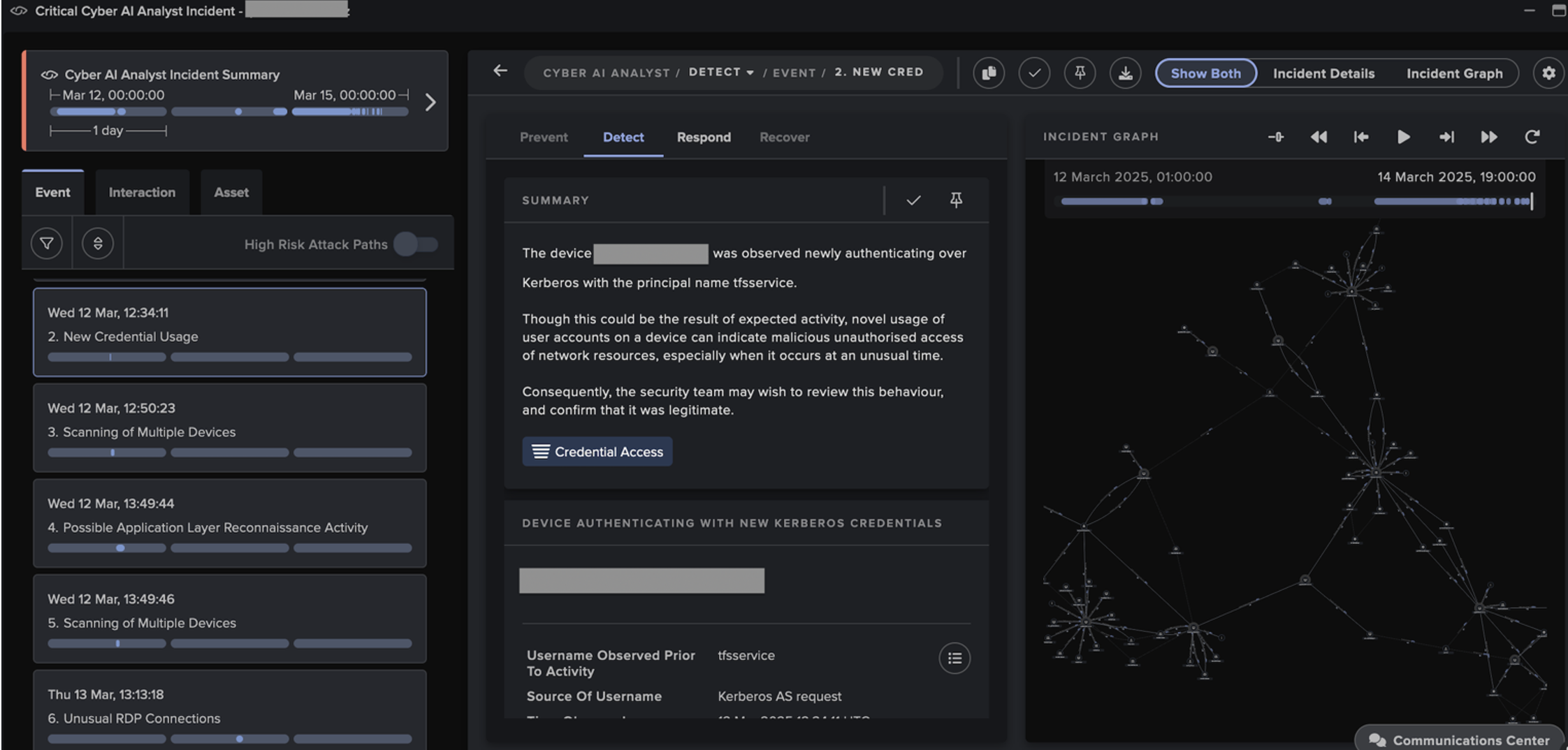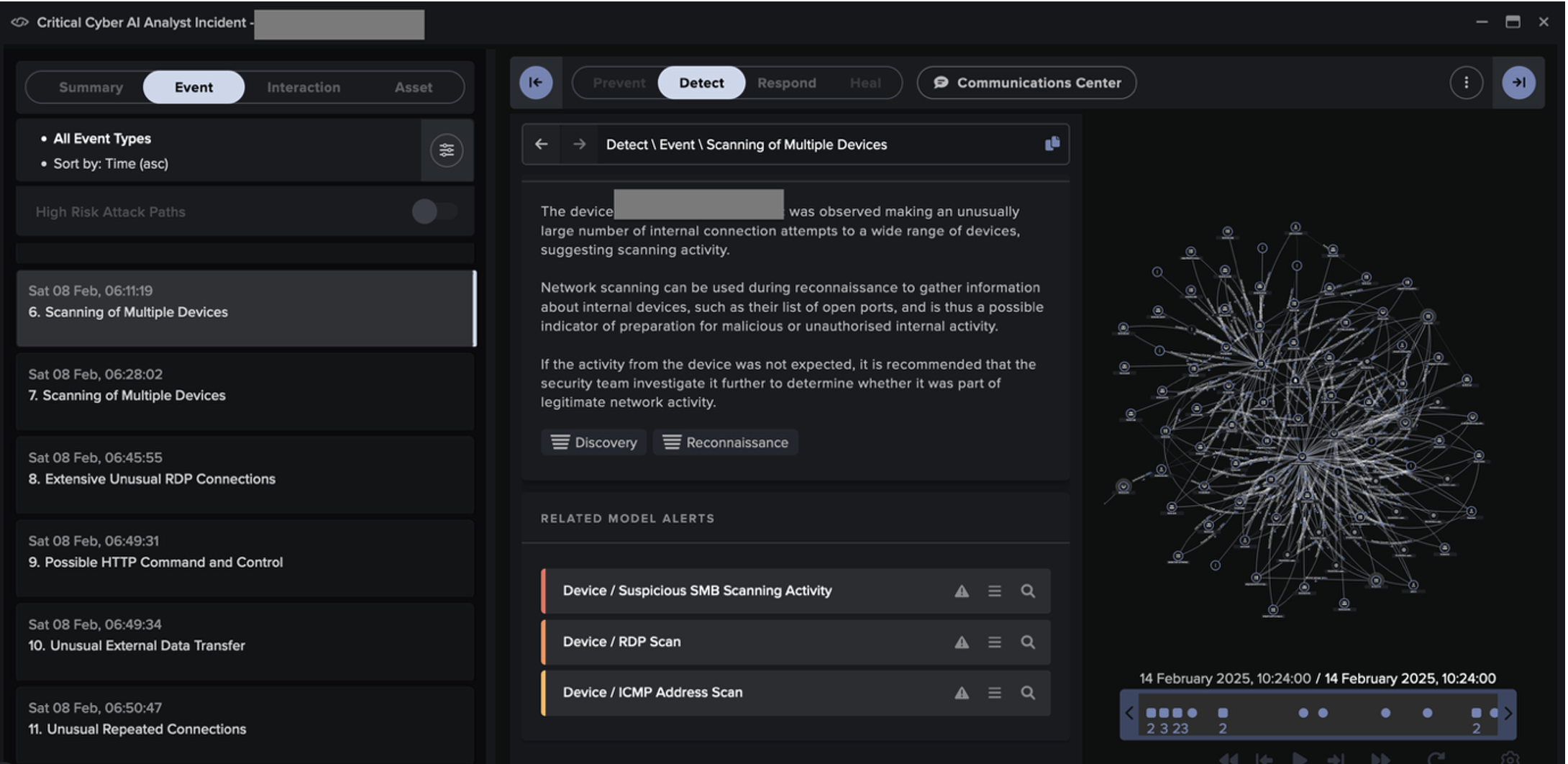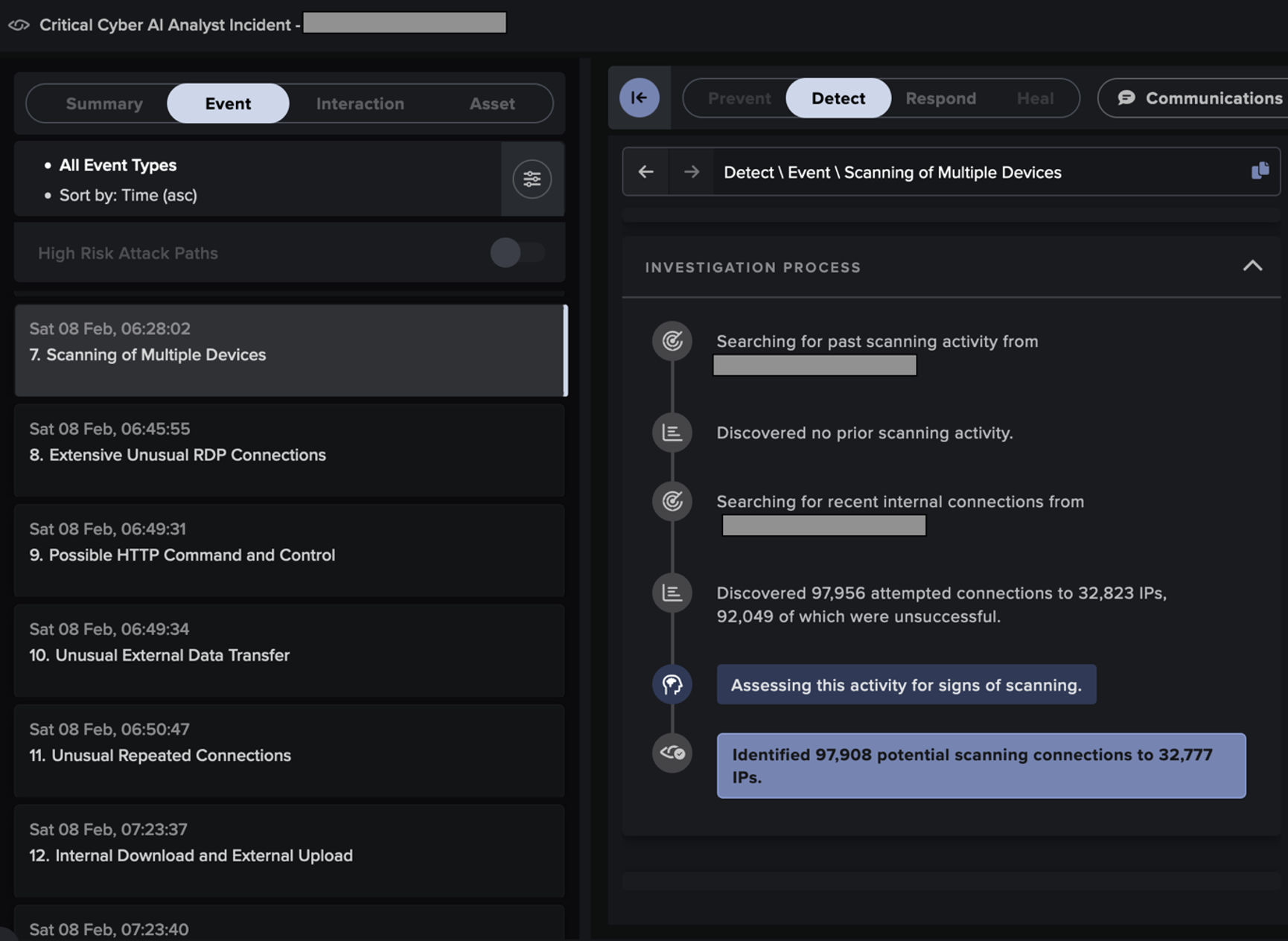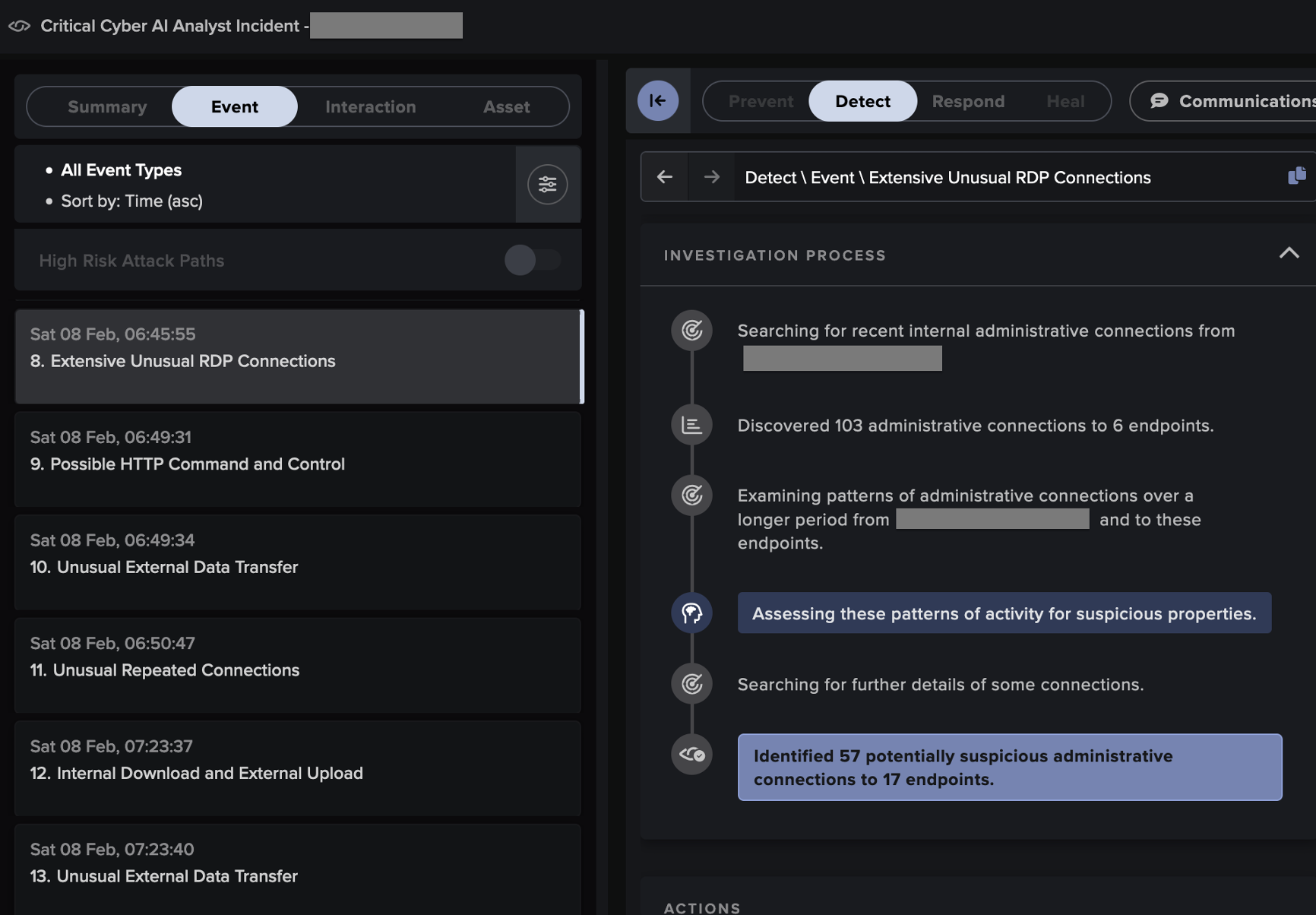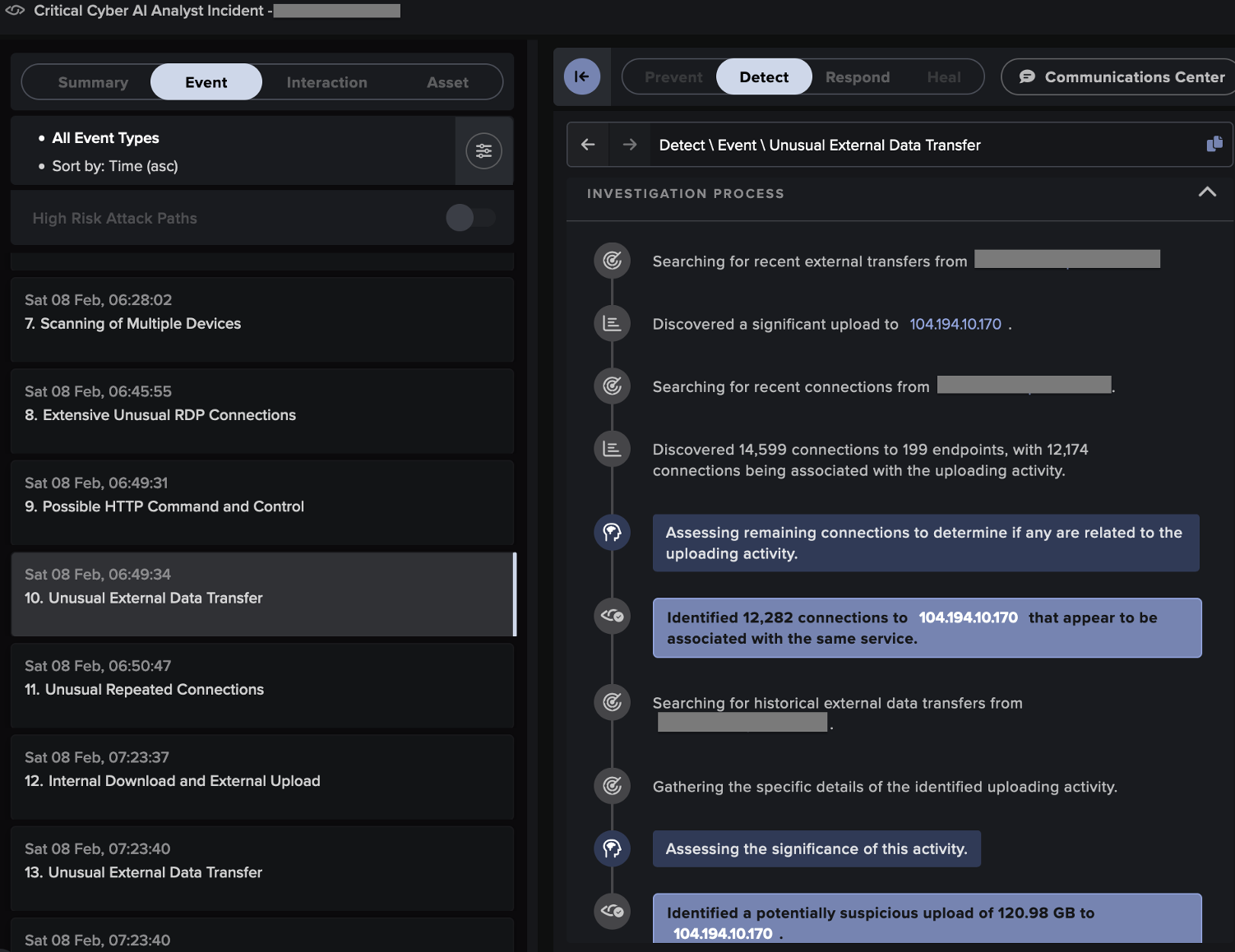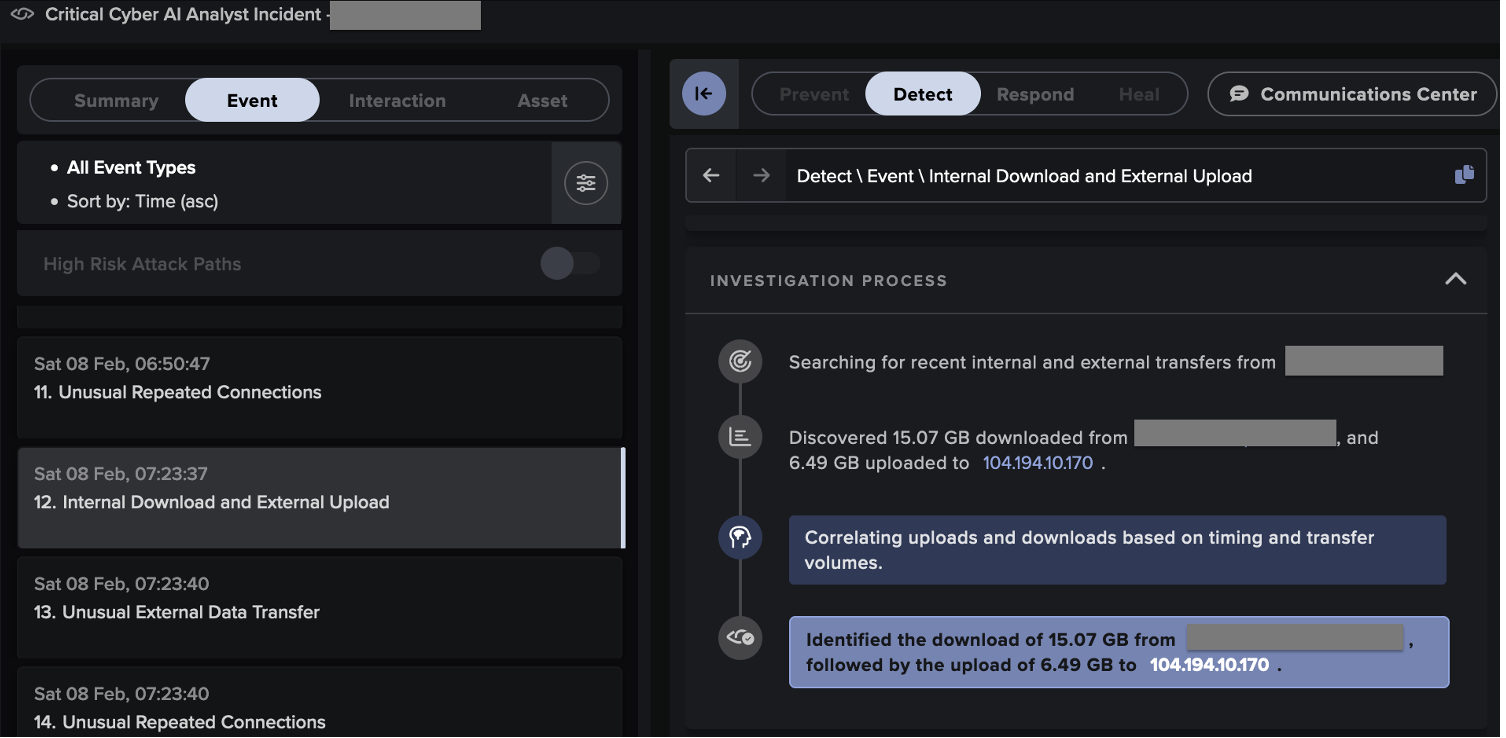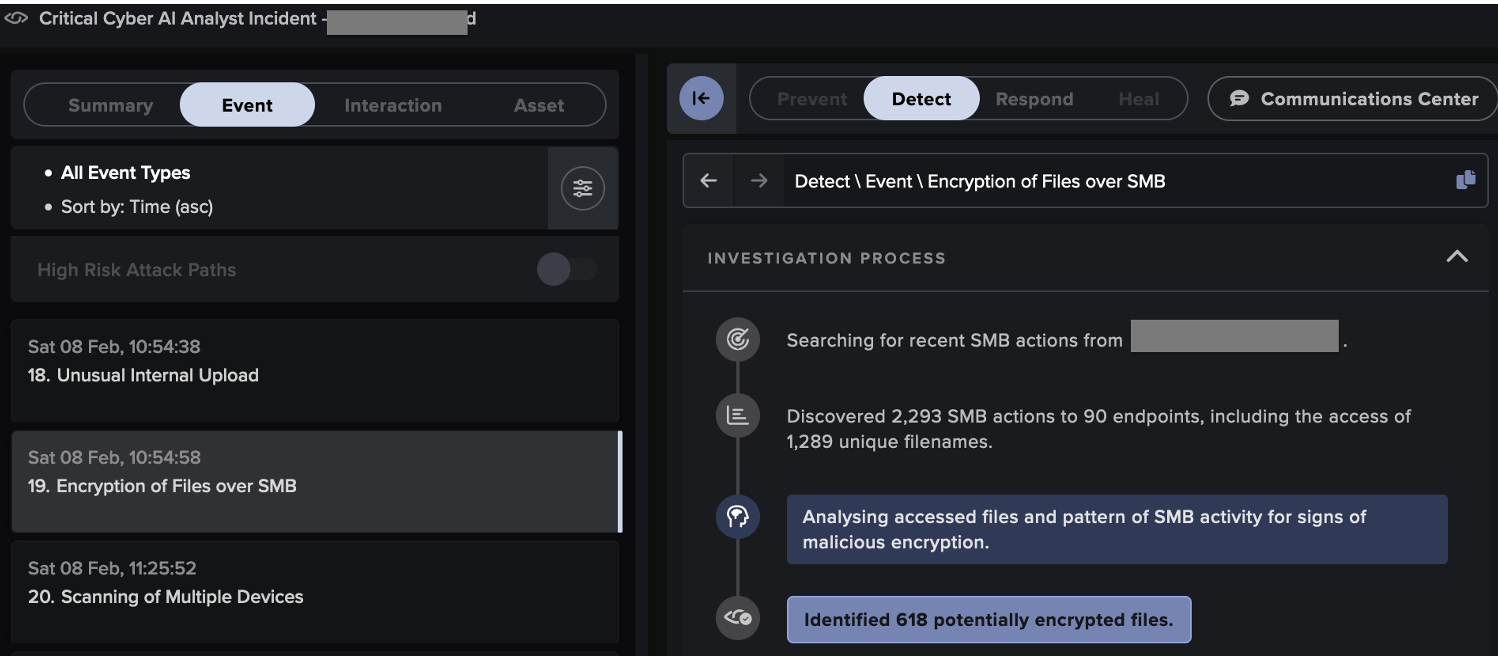Modern networks are evolving rapidly, with traffic patterns, user behavior, and critical assets extending far beyond the boundaries of traditional network security tools. As organizations adopt hybrid infrastructures, remote working, and cloud-native services, it is essential to maintain visibility and protect this expanding attack surface.
Network Detection and Response (NDR) and Secure Access Service Edge (SASE) are two technologies commonly used to safeguard organizational networks. While both play crucial roles in enhancing security, one does not replace the other. Instead, NDR and SASE complement each other, taking on different roles to create a robust network security framework. This blog will unpack the relationship between NDR and SASE, including the component functionalities that comprise SASE, highlighting their unique contributions to maintaining a comprehensive and resilient network security strategy.
Network Detection and Response (NDR) and Secure Access Service Edge (SASE) explained
NDR solutions, such as Darktrace / NETWORK, are designed to detect, investigate, and respond to suspicious activities within any network. By leveraging machine learning and behavioral analytics, NDR continuously monitors network traffic to identify anomalies that could indicate potential threats and to contain those threats at machine speed. These solutions analyze both North-South traffic (between internal and external networks) and East-West traffic (within internal networks), providing comprehensive visibility into network activities.
SASE, on the other hand, comprises multiple solutions, focused on providing hybrid and remote users access to services while adhering to the Zero Trust principle of "never trust, always verify". Within SASE architectures, Zero Trust Network Access (ZTNA) solutions provide secure remote access to private applications and services the user has been explicitly granted, and Secure Web Gateways (SWG) provide Internet access, again based on policy groups. Unlike traditional security models that grant implicit trust to users within the network perimeter, ZTNA requires continuous verification of user identity and device health before granting access to resources. This approach minimizes the attack surface and reduces the risk of unauthorized access to sensitive data and internal applications. Similarly, SWGs filter web traffic based on the verified user identity and can block known malware, further reducing the attack surface for the client estate.
Limitations of SASE highlights the importance of NDR
While SASE, including ZTNA and SWG, is a powerful tool for enforcing secure access to company networks and resources as well as the Internet, it is not a comprehensive security solution, or a replacement for dedicated network monitoring and NDR capabilities. Some of the main limitations include:
- Focused on policies rather than security: SASE delivers strong networking outcomes but provides policy-based protections, rather than a full suite of security features. It can provide simple alerting for disallowed actions, but it lacks the security context needed for comprehensive threat detection, such as knowing if user credentials have been compromised.
- Can only detect known threats: SASE solutions cannot detect novel attacks such as zero-days and insider threats. This is because they rely on a rule-based approach that does not have a behavioral understanding of network entities that can detect anomalies or suspicious activity.
- Limited response capabilities: Due to the limited detection capabilities of SASE solutions, it is not possible to automate response actions to threats that slip past existing policies. While access to internal resources and the Internet can be revoked or severely limited as part of a response, this must be done after human investigation and analysis, allowing more time for the threat to continue before being contained.
- Limited scope: SASE provides cloud-hosted secure networking, which lends itself much more toward the client estate of any organization. As a result, servers and unmanaged devices—whether IT/IoT/OT—are mostly out of scope and do not benefit from the policies SASE enforces.
The complementary roles of NDR and ZTNA
NDR solutions provide full visibility into network activity, with the ability to detect and respond to threats that may bypass initial access controls and filters. When combined, NDR and SASE create a layered security approach that addresses different aspects of network security, for example:
- Detection of novel, unknown and insider threats: NDR solutions can monitor all network traffic using behavioral anomaly detection. This can identify suspicious activities, such as insider threats from authorized users who have passed policy checks, or novel attacks that have never been seen before.
- Validation of policies: By continuously monitoring network traffic, NDR can validate the effectiveness of existing policies and identify any gaps in security that need addressing due to organizational changes or outdated rule sets.
- Reducing risk and impact of threats: Together, SASE and NDR solutions shift toward proactive security by reducing the potential impact of a threat through predefined policies and by detecting and containing a threat in its earliest stages, even if it is novel or nuanced.
- Enhanced contextual information: Alerts raised by SASE solutions can provide additional context into potential threats, which can be used by NDR solutions to increase investigation quality and context.
- Containment of network threats: SASE solutions can prohibit access to resources on an internal company network or on the Internet if predefined access control criteria are not met or a site matches a threat signature. When combined with an NDR solution, organizations can go far beyond this, detecting and responding to a much wider variety of network threats to prevent attacks from escalating.
When implementing SASE and NDR solutions, it is also crucial to consider the best configurations to maximize interoperability, and integrations will often increase functionality. Well-designed implementations, combined with integrations, will strengthen both SASE and NDR solutions for organizations.
How Darktrace continues to secure SASE networks
With the latest 6.3 update, Darktrace continues to extend its capabilities with new innovations that support modern enterprise networks and the use of SASE across remote and hybrid worker devices. This expands on existing Darktrace integrations and partnerships with SASE vendors such as Netskope and Zscaler.
Traditional methods to contain remote access and internet-born threats are either signature or policy based, and response to nuanced threats requires manual, human-led investigation and decision-making. By the time security teams can react, the damage is often already done.
With Darktrace 6.3, customers using Zscaler can now configure Darktrace Autonomous Response to quarantine ZPA-connected user devices at machine speed. This provides a powerful new mechanism for containing remote threats at the earliest sign of suspicious activity, without disrupting broader operations.
By automatically shutting down ZPA access for compromised user accounts, Darktrace gives SOC teams valuable time to investigate and respond, while continuing to protect the rest of the organization. This integration enhances Darktrace’s ability to take actions for remote user devices, helping customers contain threats faster and keep the business running smoothly.
For organizations using SASE technologies to address the challenges of securing large, distributed networks across a range of geographies, SaaS applications and remote worker devices, Darktrace also now integrates with Netskope Cloud TAP to provide visibility into and analysis over tunneled traffic, reducing blind spots and enabling organizations to maintain detection capabilities across their expanding network perimeters.
Conclusion
While NDR and ZTNA serve distinct purposes, their integration is crucial for a comprehensive security strategy. ZTNA provides robust access controls, ensuring that only authorized users can access network resources. NDR, on the other hand, offers continuous visibility into network activities, detecting and responding to threats that may bypass initial access controls. By leveraging the strengths of both solutions, organizations can enhance their security posture and protect against a wide range of network security threats.
Understanding the complementary roles of NDR and ZTNA is essential for building a resilient security framework. As cyber threats continue to evolve, adopting a multi-layered, defense-in-depth security approach will be key to safeguarding organizational networks.
Click here for more information about the latest product innovations in Darktrace 6.3, or learn more about Darktrace / NETWORK here.



















